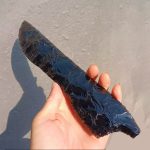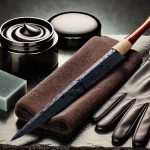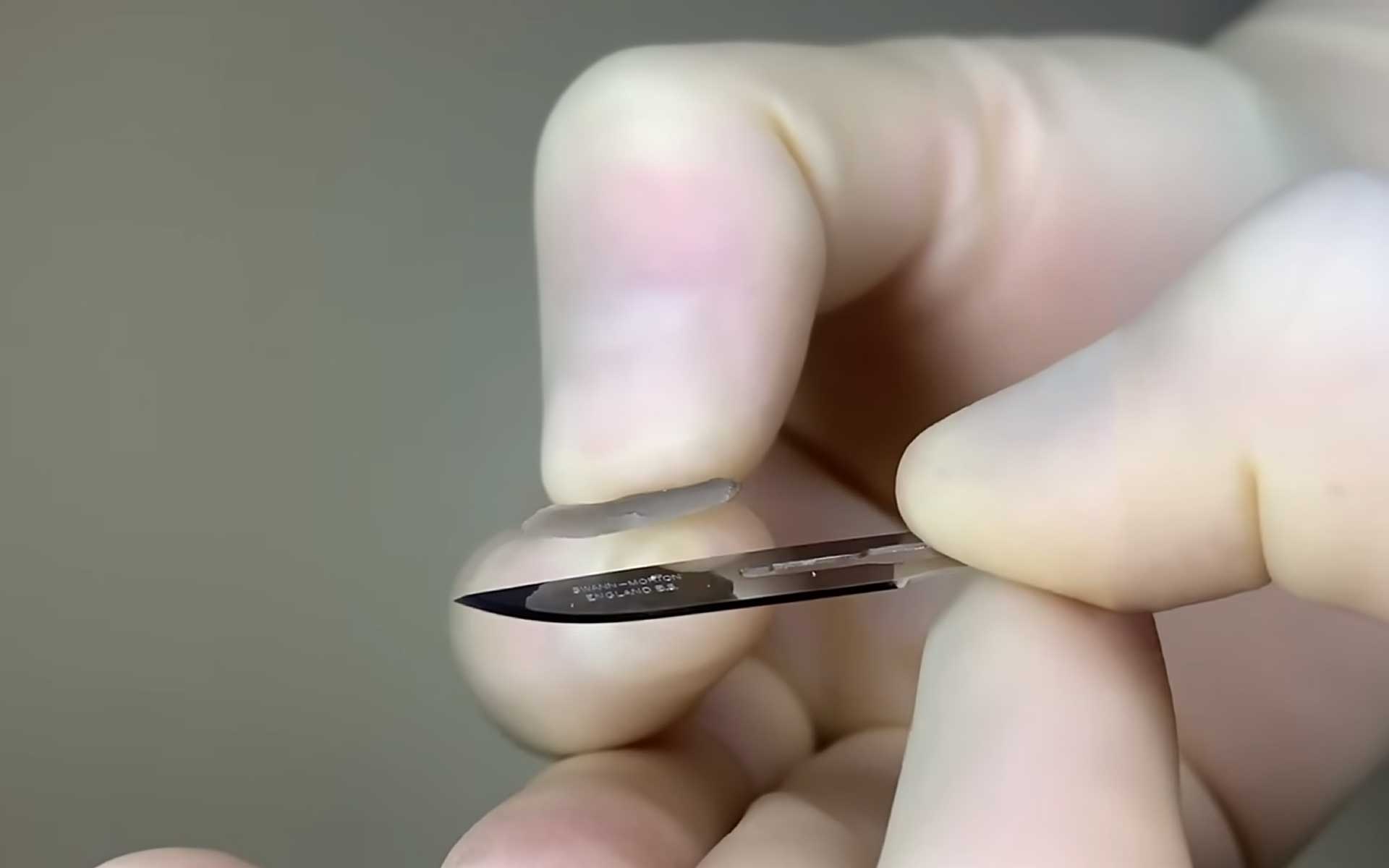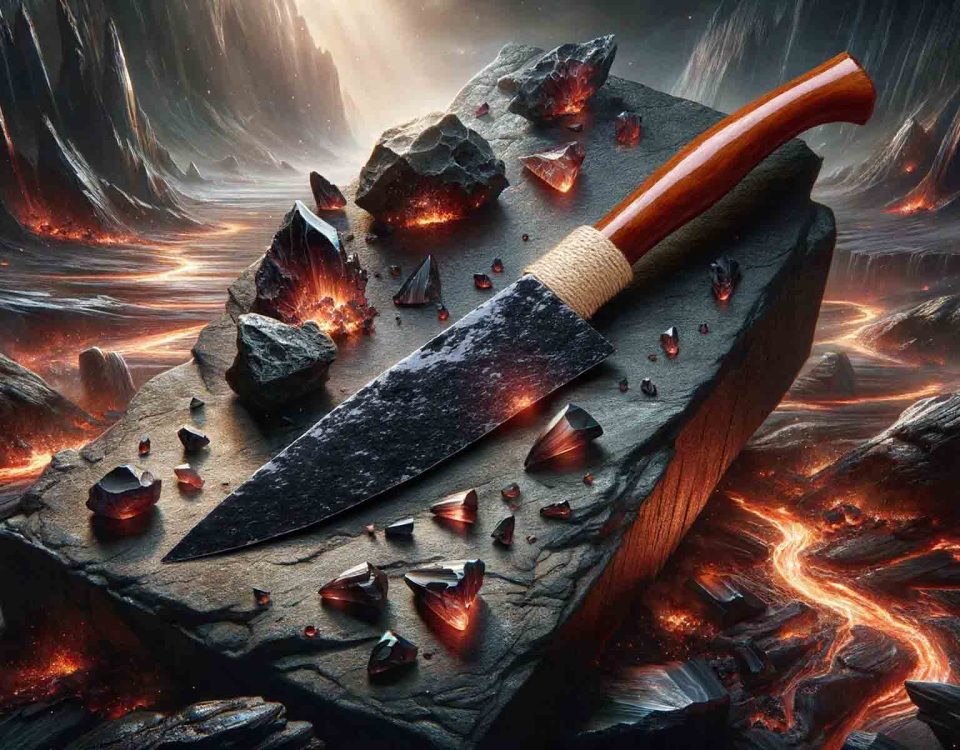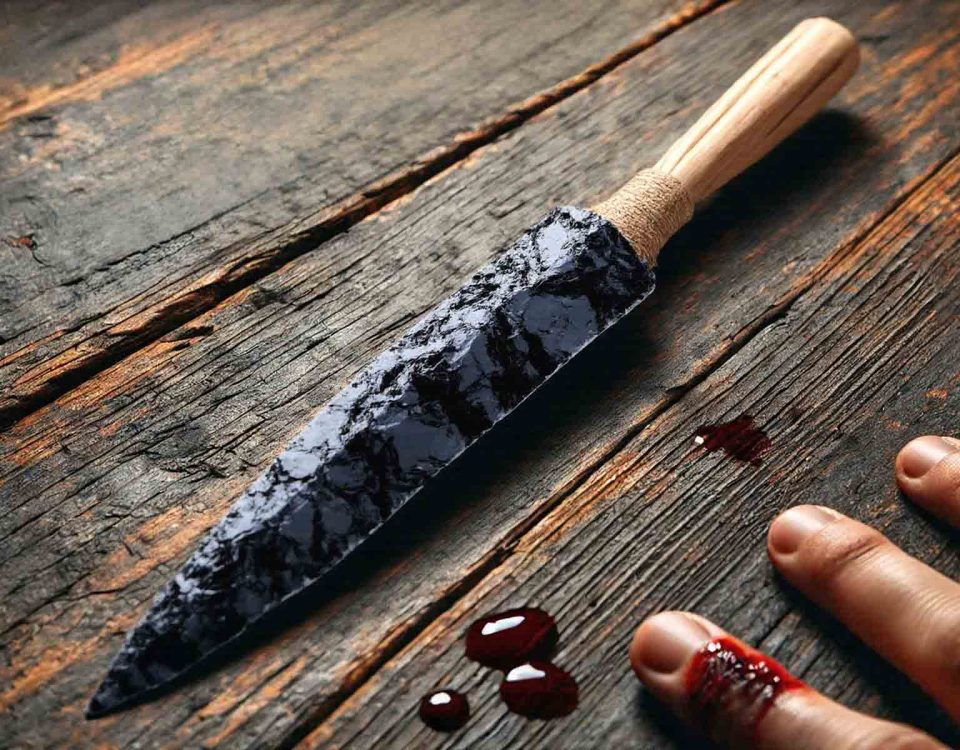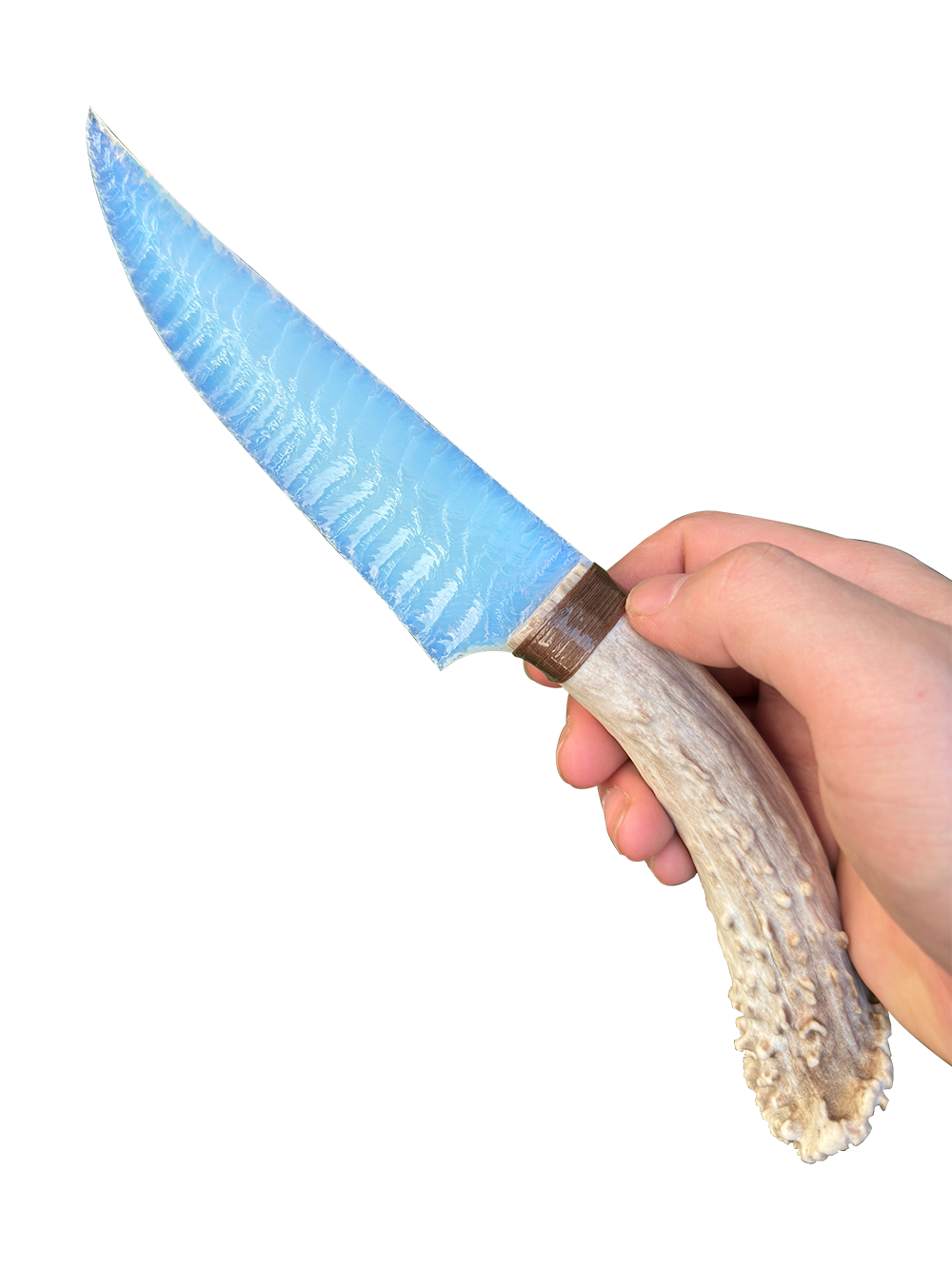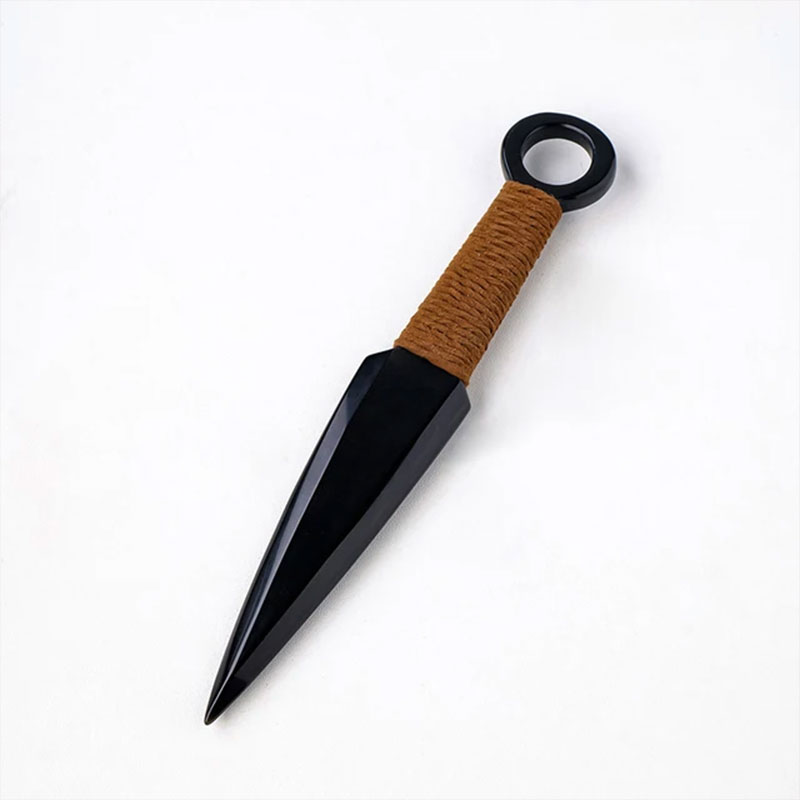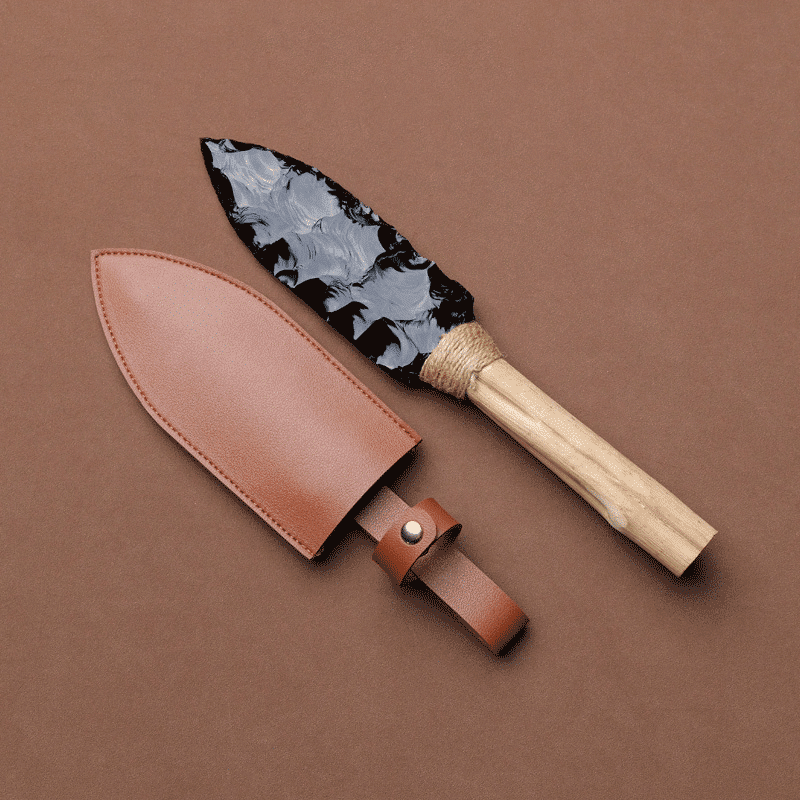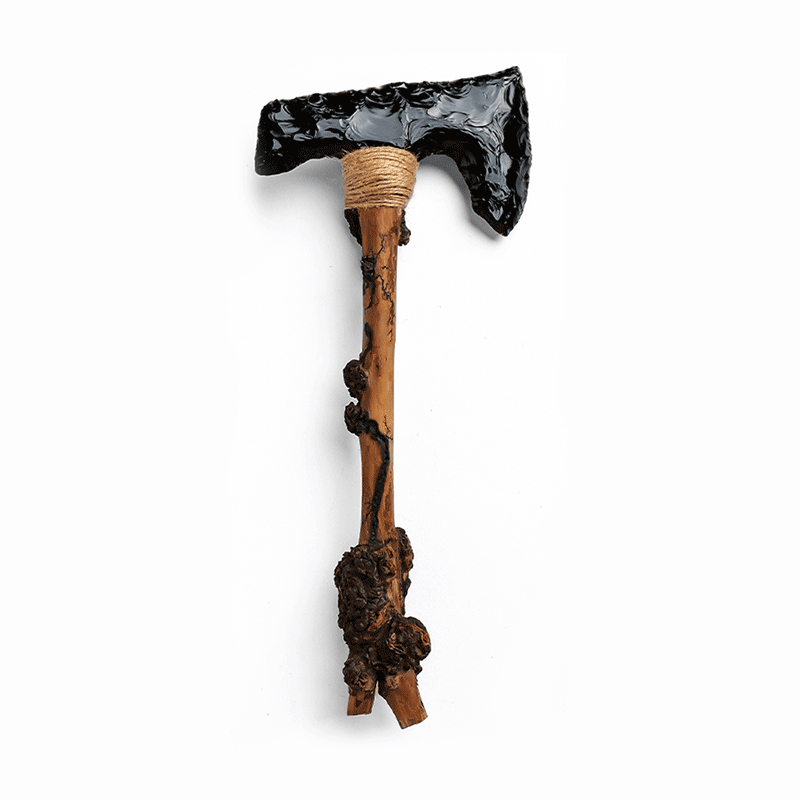Obsidian knives are renowned for their extraordinary sharpness and have become the subject of much discussion among knife enthusiasts, historians and scientists. Made from volcanic glass, this unique cutting tool has a long history and an outstanding reputation that continues to attract modern users. This article will explore the reasons why obsidian knives are so sharp, their manufacturing process and the scenarios in which they are used.
What Is Obsidian?
Obsidian is a natural volcanic glass formed when molten lava cools rapidly, preventing crystallization. This rapid cooling gives obsidian its distinctive smooth texture and sharp edges when fractured. It has a hardness of 5-5.5 on the Mohs scale, making it relatively brittle but capable of forming an edge finer than many synthetic materials.
Historical Use of Obsidian Blades
Obsidian has been used for cutting tools since prehistoric times. Ancient civilizations, such as the Aztecs and Mayans, valued obsidian for its sharpness and utility in rituals and daily life. Archaeological evidence suggests obsidian blades were used for hunting, bloodletting rituals, and even surgical procedures.
One notable example is the macuahuitl, a wooden weapon edged with obsidian blades. This tool exemplifies how ancient cultures leveraged obsidian’s properties to create both practical and ceremonial implements.
Manufacturing Process of Obsidian Knives
Modern obsidian knives are crafted using a process called flintknapping. This involves striking or applying pressure to an obsidian core to create sharp flakes.
- Material Selection: The first step is sourcing high-quality obsidian with minimal impurities.
- Shaping the Core: A larger piece of obsidian is shaped into a manageable core.
- Creating the Blade: Using precision tools, artisans knap the obsidian to produce razor-sharp edges.
This process requires expertise, as obsidian’s brittleness makes it prone to breaking during crafting.
Comparing Obsidian Knife Sharpness to Other Blades
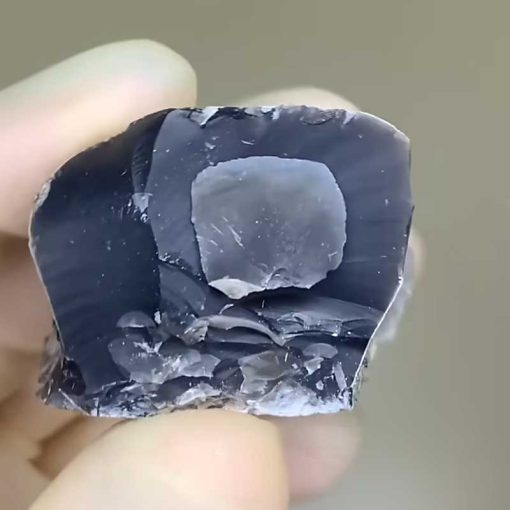
Obsidian knives are considered among the sharpest tools ever created. Unlike steel knives, which are limited by the grain size of the material, obsidian can be fractured down to a molecular level.
Sharpness Comparison:
| Blade Material | Edge Sharpness |
| Obsidian | 0.5 nanometers |
| Surgical Steel | ~1-2 micrometers |
| Standard Steel | ~25 micrometers |
Obsidian’s edge can be up to 500 times sharper than surgical steel. This sharpness is why obsidian knives are used in some experimental surgeries for precise, clean cuts.
Scientific Measurement of Sharpness
The sharpness of a blade is measured in terms of edge radius—the smaller the radius, the sharper the blade. Obsidian achieves such a fine edge due to its conchoidal fracture, a characteristic way it breaks along smooth, curved surfaces.
According to a study by Dr. John D. Verhoeven, a metallurgical expert, obsidian edges are so fine that they can sever individual cells without crushing them, making them superior for delicate applications like tissue slicing.
Applications of Obsidian Knives in Modern Times
Despite their ancient origins, obsidian knives find relevance today in specific fields:
- Medical Use: Experimental surgeries and research utilize obsidian scalpels for their unparalleled precision.
- Collectibles: Artisanal obsidian knives are popular among collectors for their unique aesthetics and historical significance.
- Specialized Tasks: Obsidian knives are sometimes used for skinning or delicate cutting tasks, although their fragility limits broader applications.
Advantages and Limitations of Obsidian Knives
Advantages:
- Unmatched Sharpness: The ability to cut at the molecular level.
- Biocompatibility: Useful in experimental surgical tools due to minimal tissue damage.
- Aesthetic Appeal: Their natural, glossy appearance makes them a favorite among collectors.
Limitations:
- Brittleness: Obsidian is highly prone to chipping and breaking.
- Fragility: Unsuitable for heavy-duty tasks like chopping or prying.
- Cost: High-quality obsidian knives can be expensive due to the expertise required for crafting.
Safety Considerations When Handling Obsidian Knives
The sharpness of obsidian knives demands careful handling to prevent injury. Users should:
- Wear cut-resistant gloves when handling the blades.
- Store them in protective sheaths or cases to avoid accidental contact.
- Avoid using them on hard surfaces, which can cause chipping.
You can also often see that we often get injured when making obsidian knives, even when we bring protective gear. So generally the sharpness of obsidian is still awe-inspiring.
FAQs About Obsidian Knives
Obsidian fractures into an edge so fine that it can be measured at the nanometer scale, making it sharper than any steel blade.
While their sharpness is unmatched, their fragility makes them impractical for daily tasks like chopping or heavy cutting.
Obsidian scalpels have been tested for experimental surgeries due to their ability to make precise incisions, but they are not widely approved for medical use.
Obsidian knives are significantly sharper, with edges up to 500 times finer than the sharpest steel scalpels.
The primary drawbacks are their brittleness and limited durability, which restrict their use to specialized tasks.
Ancient cultures used obsidian knives for hunting, rituals, and surgical procedures, valuing their sharpness and availability.
Conclusion
Obsidian knives are a testament to nature’s ability to create materials that are both extraordinarily practical and aesthetically pleasing. The sharpness of obsidian knives is due to the unique properties of volcanic glass, making them an unparalleled cutting tool. Although the fragility of obsidian knives limits their practicality in everyday use, they remain a favorite in both historical and modern contexts.

